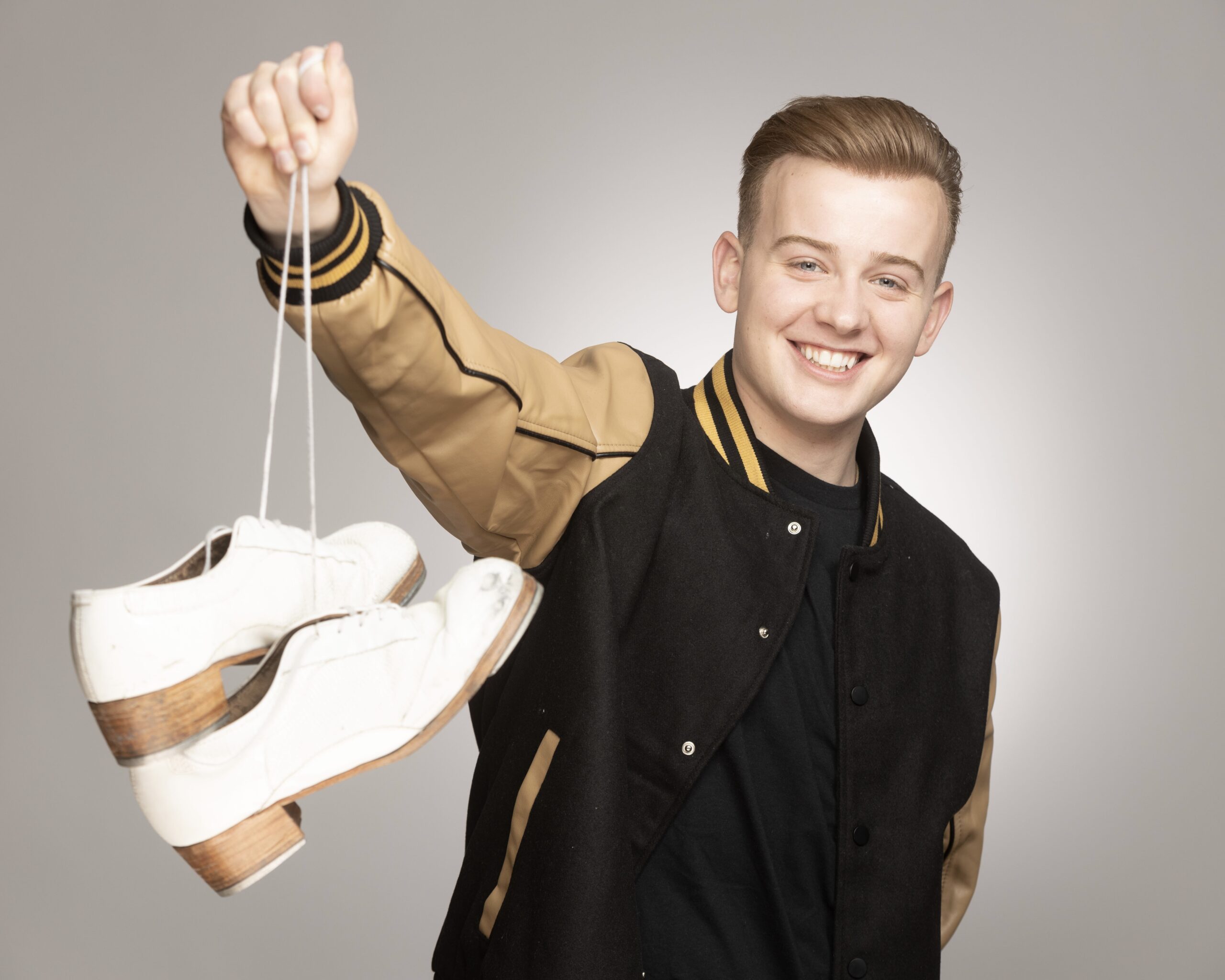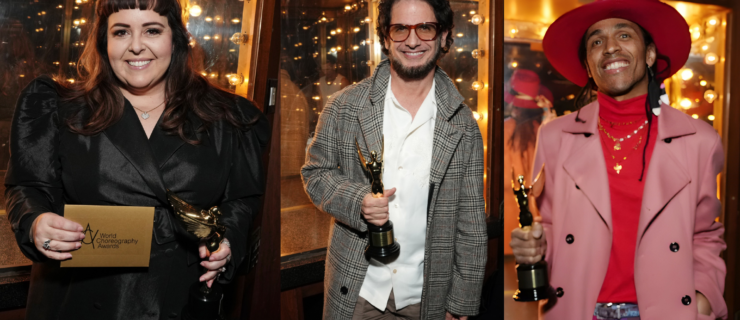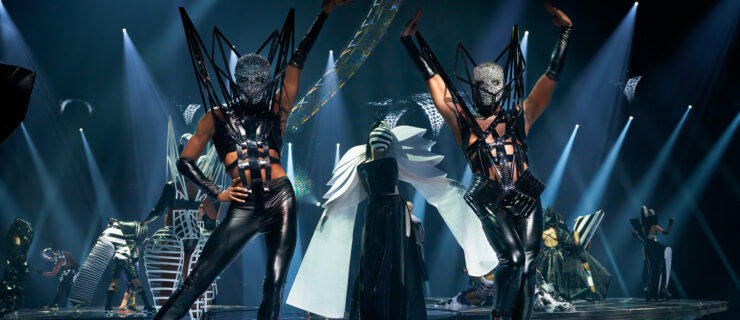Ryan Maw Inspires Today’s Generation by Re-Creating Old-Hollywood Tap Numbers
Some of the best old-Hollywood tap dancing musical numbers are being re-created for a new generation of dance fans. Ryan Maw, 22, a dancer and choreographer, currently living in Los Angeles, has restaged more than a handful of iconic dance classics, including “Choreography,” featuring Vera Ellen and John Brascia from White Christmas (1954), and Gene Kelly and Donald O’Connor dancing to ‘Shall We Dance?’ and ‘Makin’ Whoopee,’ on the TV variety show ‘Pontiac Star Parade’ (1959). Maw’s rehearsal video of Gene Kelly and Fred Astaire in The Babbitt and the Bromide has over a million views on Instagram.
Dance Spirit caught up with Maw to discover why he’s re-creating these musical numbers, how he films them, and the most surprising DM he’s received so far.
Why did you start re-creating these iconic musical numbers?
I feel dance was best represented in old Hollywood, during the 1930s, ’40s, and ’50s. The reason I started re-creating [these videos] is because I’m an up-and-coming choreographer in the TV/film industry. I’m currently an associate choreographer with Paul Becker on some green-lit projects this year and [and also working] with Kenny Ortega.

I [was curious about] old Hollywood, where every big movie involved dance, and see what worked and what didn’t, and what we can change in today’s industry to not only bring tap but dance back to the big screen. I wanted to watch this footage myself and also share it with this dance generation. They wouldn’t be able to find these videos if they aren’t searching for them.
How do you pick the videos you’re going to re-create?
They are clips I’ve already seen before or would love to learn myself. This also goes hand in hand with seeing which one of my Los Angeles friends are compatible with the skill set from that video and are available [to perform it with me.]
What was the process for learning the famous “Choreography” number from White Christmas?
I usually flip the video so [myself and the other dancer can] learn it on the correct side. We play it for three seconds to see what step it was and how many sounds were being made. From the visual, we’re able to decipher pretty closely what we believe is the true step that was created at that time. “Choreography” was about a minute and a half. We had the studio booked for about three hours and learned it in about two. We filmed [our performance] so we could practice before returning to the video two weeks later. We finally got in the studio again and had about an hour and a half to two hours to refilm.
Why do you spend money on renting a studio if you’re not being paid for these videos?
It’s almost like personal playtime for me, like paying for golf. I personally have a lot of fun paying respect to these legends, learning [the numbers] myself, and trying to get a sense for the time that tap dance and dancing in general was booming. It makes my heart happy.
What surprised you the most about some of these numbers and the choreography?
They’re very footwork-heavy. What’s so amazing about old Hollywood is how performance-based and how story-driven it was.
Is there anything you think that we’ve seen recently that’s anywhere close to these numbers?
La La Land was a great movie, choreographed by Mandy Moore, that I think was the closest we’ve seen to paying homage to old Hollywood. There’s definitely a market for more in today’s industry.
What has been the hardest part of the experience?
Some of the comments [on social media]. They’re like “Not close” or “No comparison.” At the end of the day, that’s not the reason I’ve been creating these [videos]. A lot of people think that I’m trying to compare myself to these old-Hollywood greats, but that’s really not the case.
Is there anyone who responded or commented on your videos that has surprised you?
Gene Kelly’s wife, Patricia [Ward Kelly]! She reached out to me and followed me back on Instagram from Gene Kelly’s legacy page. She’s glad I’m bringing Gene Kelly’s work to light.




